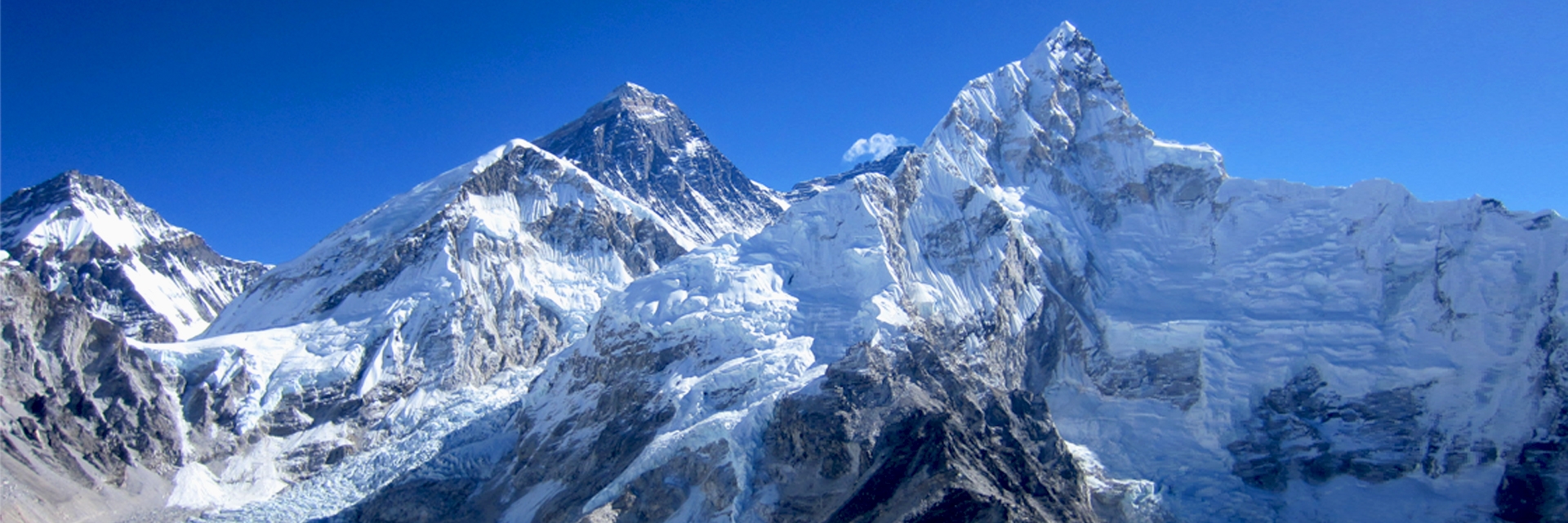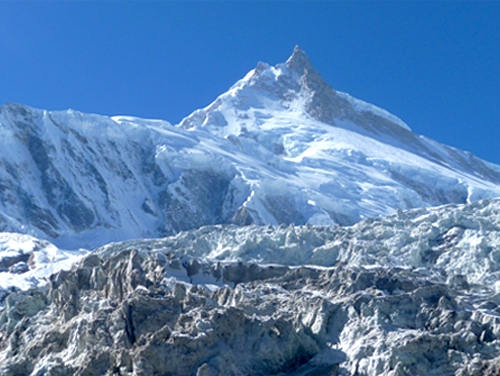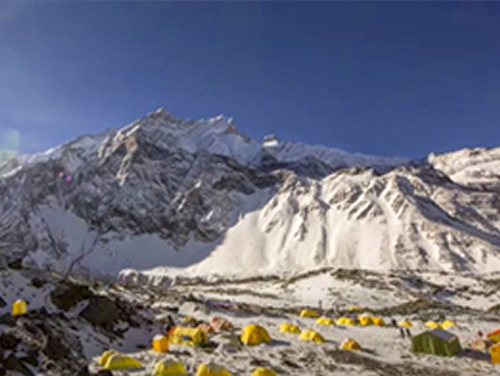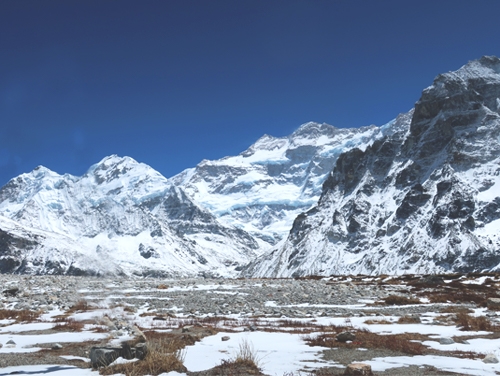Overview
Mt. Everest Expedition (8,848.86 m) is the highest mountain in the world, popularly identified as ‘TheRoof of the World ‘. The name of Everest in Nepal is ‘Sagarmatha’ which means ‘Goddess of the Sky’, previously known as ‘Peak XV’. The first climb of Mt Everest was made by Edmund Hillary and Tenzing Norgay on May 29, 1953.
The Everest Expedition South requires the best level of climbing skill, a high degree of persistence, and commitment. Apart from the incredible climbing experience of Mount Everest, we will have the moment to travel to Sagarmatha National Park. This national park is home to a diversity of wild animals including endangered species such as Snow Leopard, Musk Deer, Red Pandas, and Himalayan Thar. Besides, more than 150 species of birds huddle in the region making this region a perfect spot for bird lovers.
Conquering from the Everest Expedition south side has a place with one of those Everest endeavors that permit you to move past the limits of your creative mind. The highest point of the Earth will enable you to acquire a more excellent picture. Facing the natural wonders of Nepal, Everest is known to be a fabulous mountain steeped in history. This mount acts a considerable difficulty even for well-trained climbers. However, the Himalayan Odyssey is ready to go the extra mile for you to have a chance to become a part of that history.
Best Time for Everest Expedition
Spring Season:
Spring is the vital climbing season for Everest Expedition Nepal. In spring the climate is warm and views are clear. The spring season varies from March to May for three months. The chances of rain or cloud are less in relation to other times. The spring season is the most suitable for climbing because of warm weather, not so much snow deposited. The wind velocity might be challenging for this season but taking into consideration all kinds of factors, spring is the best climbing time for the Himalayas of Nepal.
Autumn Season:
The autumn season starts from late September to November. It is the second-best time for a climbing adventure in Nepal. The beautiful rich green hills of the lower part and the crystal clear Himalayas are the major features of this season. Autumn is the most suitable for savoring views of clear nature and a suitable time for climbing the mountains.
There are ample records of successful ascending to Everest in the autumn season. The acceptable weather with suitable climbing routes with less hazardous snow slides in the autumn gives more possibilities of a successful summit over Everest.
Climbing Strategy for Everest Expedition
We spend some days at base camp for appropriate acclimatization before we head to the higher camps. Upon getting back to the Everest base camp, we sort out climbing preparing to cover climbing methods, ice sheet travel, rope fixing, rising, plunging, wellbeing strategies, abseiling, belaying, utilization of oxygen, veil, and controller.
We climb the Khumbu Icefall a few times on our acclimatization climb to Camp 2 and Camp 3. Climbing Sherpa’s complete their obligation of readiness by guaranteeing that all the high camps are all around supplied with tents, food, and oxygen for the summit push. We re-visitation of headquarters for rest and recovery before we make the highest point endeavor. In the wake of getting affirmation of a positive climate estimate, we head up with our highest point plan to Everest and afterward CAMP 1, CAMP 2, CAMP 3, Camp 4, and afterward the SUMMIT.
Everest Expedition Difficulty
Summiting Everest is the most difficult part, but many adventurers dream to be at the top of the world. However, they have to understand the risk and gain some experience. Everest Expedition has to be prepared in detail but before ascending they have to devote a long time to build stamina and train to get used to harsh conditions. It is worth cherishing, that the most demanding it is to get by in the “death zone” at 8,000 meters above sea level. The body starts to rebel against the reduction of oxygen. Even the most skilled climbers may feel impaired judgment, strokes, heart attacks, or hard-to-win altitude sickness.
The unique point of this journey lies in passing the Khumbu Icefall and the Lhotse Face. While Everest is recognized for its rough weather conditions and unpredictability, this glacier features crevasses and seracs scattered all over the way. With this in mind, The Himalayan Odyssey provides professional guiding services and gears required for prosperous ascending. We will be prepared to overcome difficulties while Climbing Mount Everest South Face.





